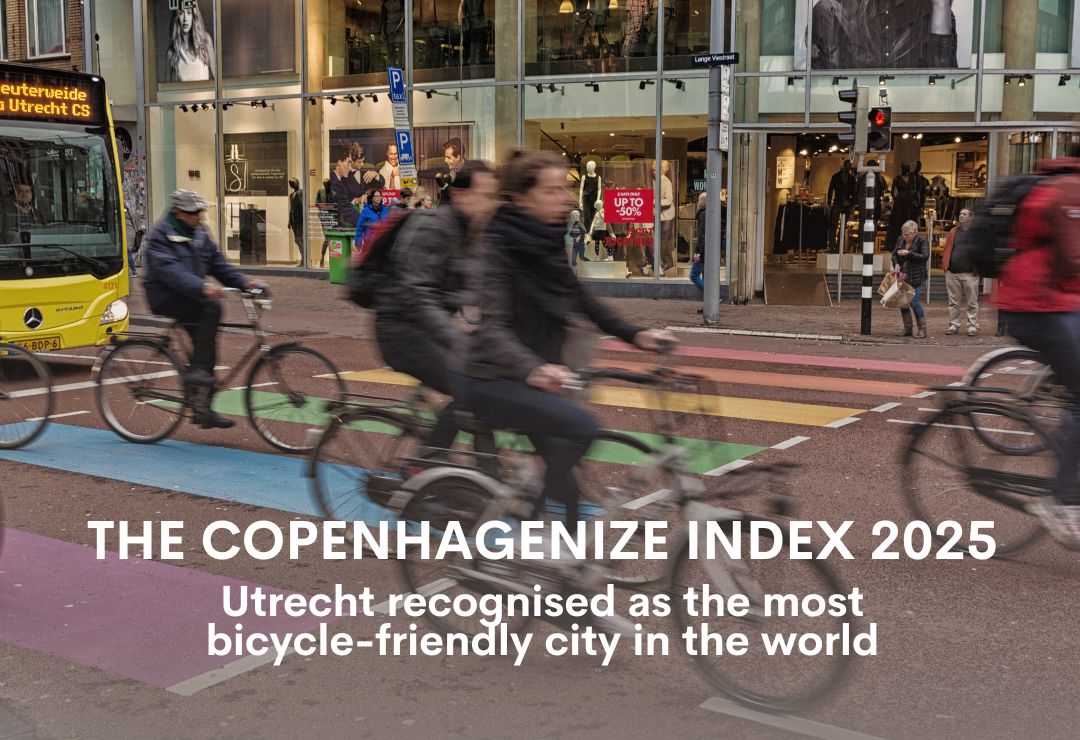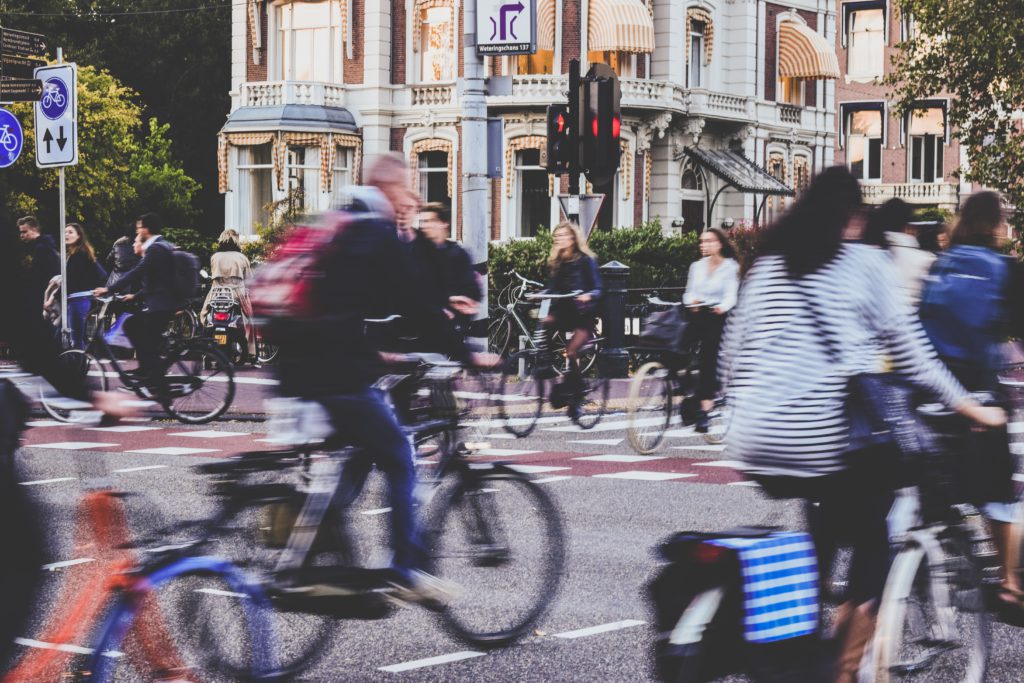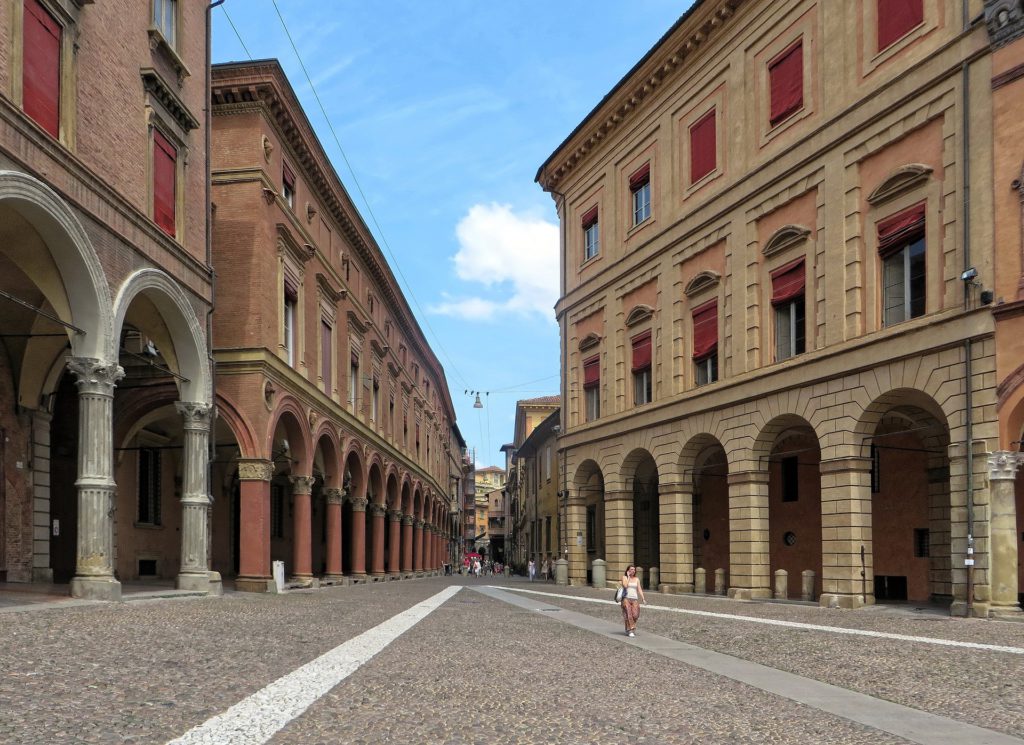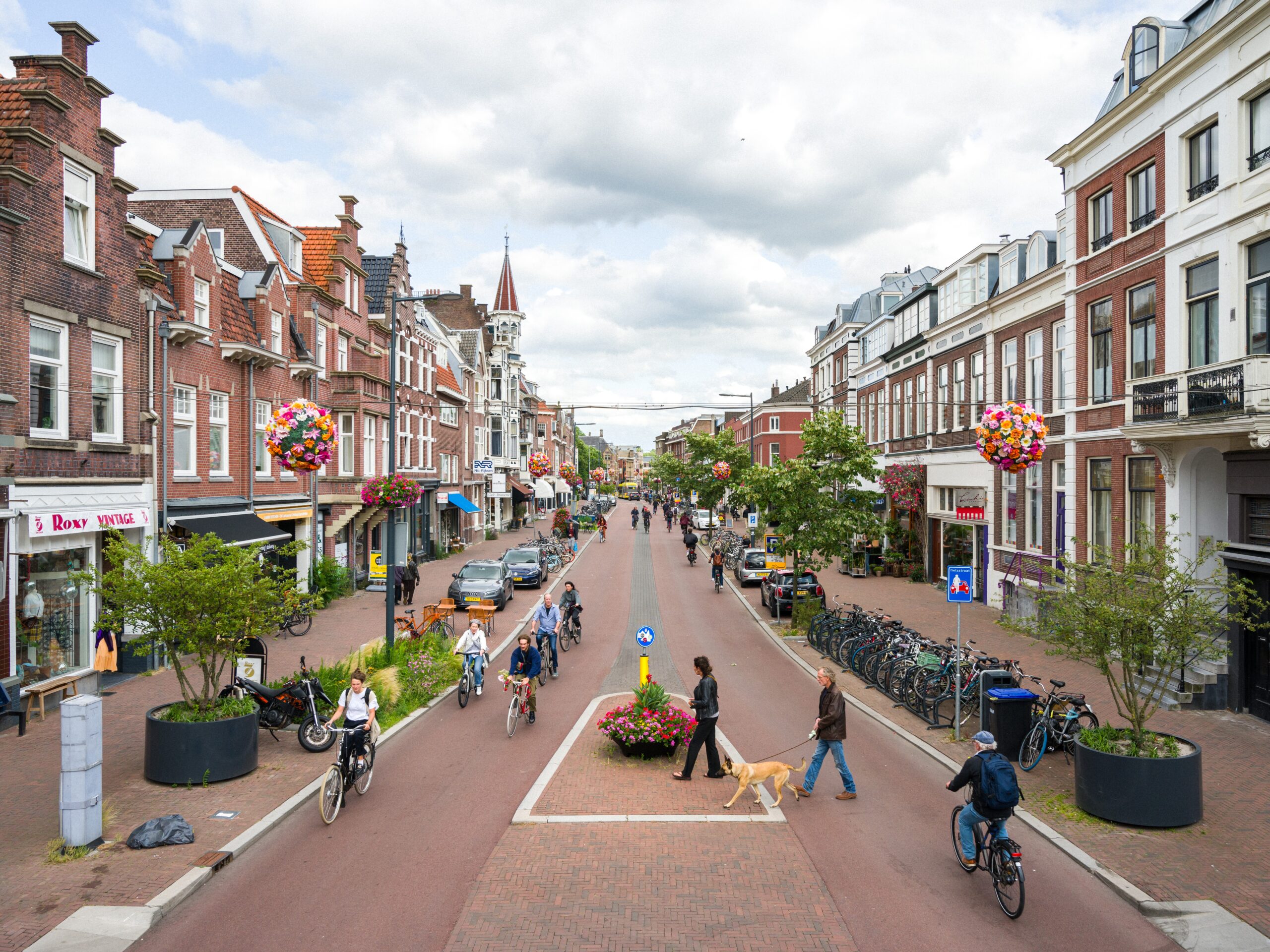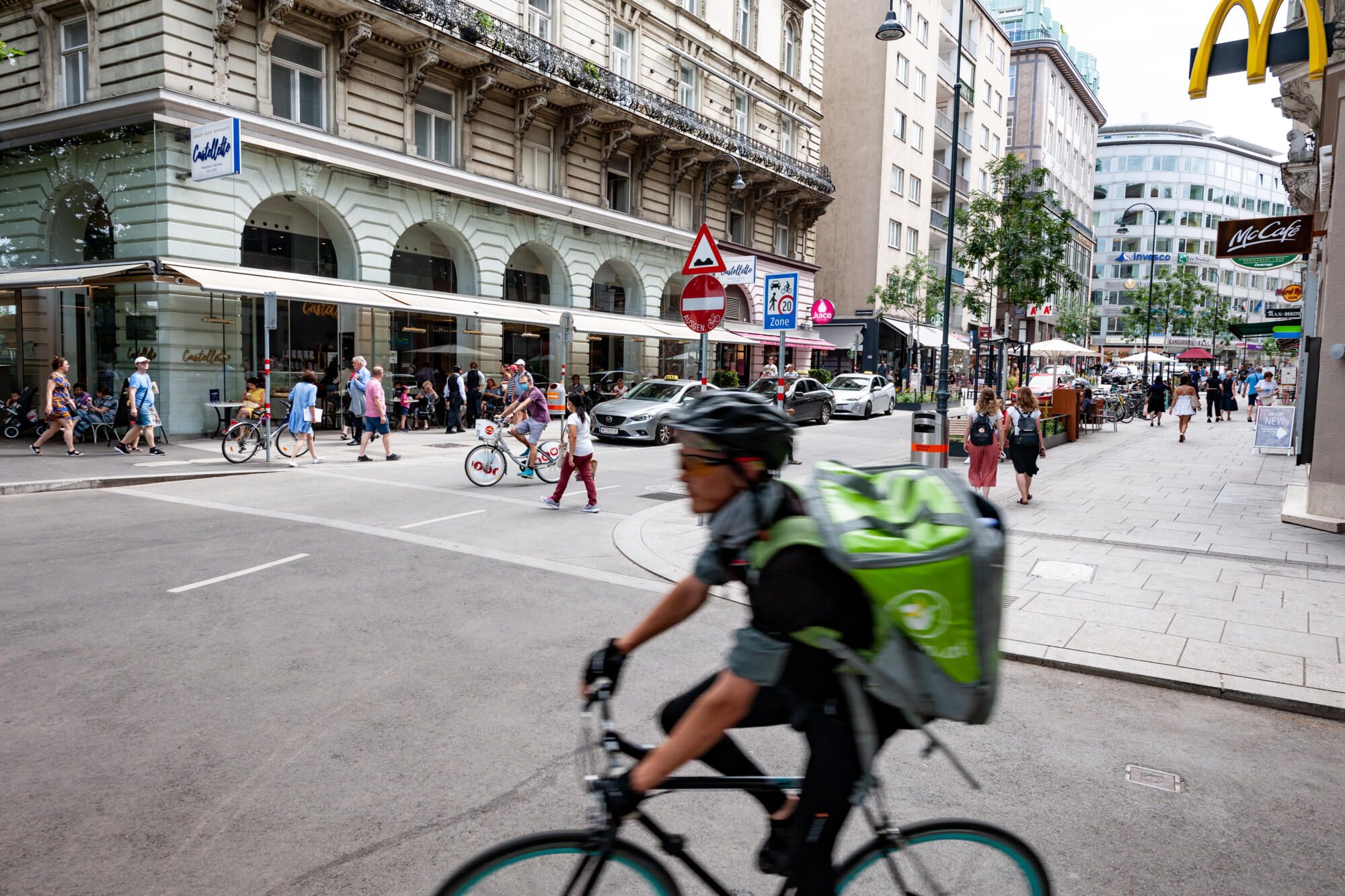Copenhagenize Index 2025 ranks the most bicycle-friendly cities, including many POLIS members
Utrecht has been recognised as the world’s best bicycle-friendly city in the latest Copenhagenize Index, followed by Copenhagen, Ghent, Amsterdam, and Paris.
The Copenhagenize Index, an initiative of EIT Urban Mobility, has been published since 2011. It provides an evidence-based benchmark that tracks how cities across the globe are progressing in making cycling safe, convenient, and mainstream. The index highlights leadership, supports knowledge-sharing, and offers a transparent framework for planners, advocates and decision-makers.
The 2025 edition assesses 100 cities across 44 countries. Its findings show that cycling is increasingly central to urban mobility strategies, although a significant gap often remains between ambitions and implementation.
The Index is built around 13 indicators grouped into three pillars: safe and connected infrastructure, usage and reach, and policy and support. Infrastructure measures the concrete investments that translate political will into practice. Usage reflects how people actually benefit from these investments. Policy and support consider the financial, institutional and cultural foundations needed to ensure long-term progress.
The Top 30
Cities in the Top 30 show strong alignment between policy vision, design quality and everyday use. In these places, cycling has not only been normalised as a practical, year-round mode of transport but has also become a social norm.
Utrecht takes first place this year. Compact and human-scaled, the Dutch city demonstrates the power of coherent urban planning. Nearly one-third of all trips are made by bicycle, showing what is possible when cycling is placed at the heart of mobility policy. Utrecht’s success rests on a seamless cycling network, calm and safe streets, and an increasing number of bicycle-priority corridors, together forming one of the Netherlands’ most complete urban cycling systems.
Copenhagen and Ghent follow. Copenhagen, long considered a global leader, continues to raise standards in infrastructure and design. It now has the world’s highest cycling infrastructure density, with 52 kilometres of protected cycle tracks for every 100 kilometres of roadway. Ghent, fourth in the ranking and Belgium’s highest-placed city, has spent decades transforming car-oriented streets into safe, inviting spaces for cyclists of all ages, with its first major cycling strategy dating back to 1992.
Amsterdam takes fourth place. A pioneer in defining what a cycling city should look like, it is now focusing on enhancing the user experience and addressing new challenges, such as e-bike growth, congestion, and tourism pressures.
Paris completes the top five. Backed by strong political commitment, the French capital has undergone an extensive urban transformation. By reclaiming road space from cars and investing heavily in active mobility, Paris has seen cycling's modal share rise from 5% to 11% in just five years.
Several other POLIS members also feature in the Top 30: Helsinki, Antwerp, The Hague, Vienna, Rotterdam, Ljubljana, Bologna, Stockholm, and Vitoria-Gasteiz.
Read the full report here.
